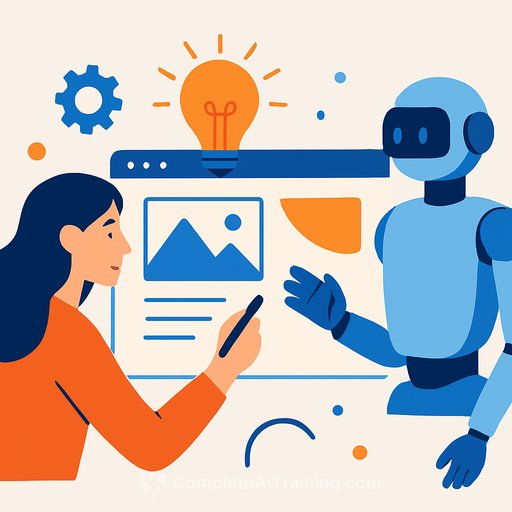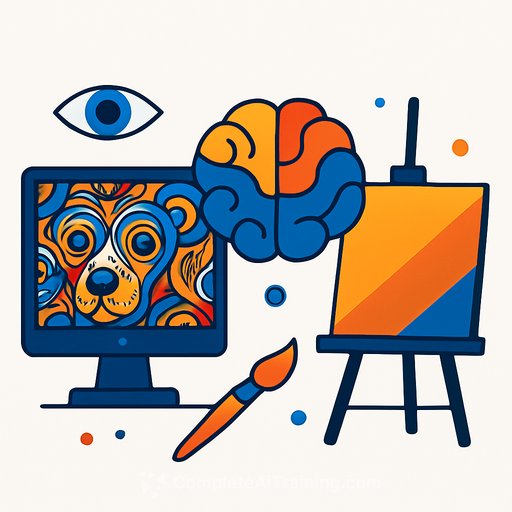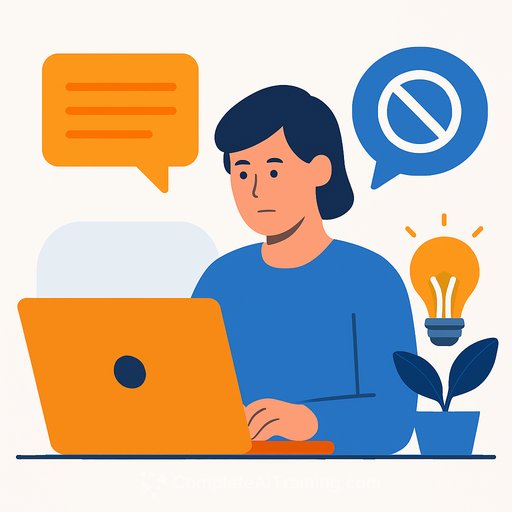The Rise of Agentic AI in Creative Sectors
Agentic AI is quietly changing how creatives work across design, animation, music, and storytelling. Unlike traditional AI that waits for input, agentic AI acts on its own—making decisions, iterating tasks, and collaborating with humans in real time.
This shift is reshaping workflows by letting artists offload repetitive tasks, freeing them to focus on innovation and original ideas.
Recent reports highlight 12 tools leading this change. For example, Adobe Firefly now includes agentic features that generate and refine images through iterative feedback, reducing the need for constant human tweaks.
The Autonomy Edge in Design and Animation
Agentic AI’s independence is especially impactful in visual arts. Tools like Runway ML’s Gen-3 Alpha plan video sequences, animate scenes, and suggest narrative adjustments autonomously. Creatives using these tools have cut project timelines from weeks to days, enabling rapid prototyping that was once impossible.
Beyond visuals, agentic AI is making waves in audio production too. Platforms like AIVA and Suno compose music tracks, harmonize elements, and adjust to stylistic preferences without explicit programming. This lets musicians experiment more and speeds up album production cycles.
Ethical Considerations and Job Impacts
Despite the benefits, agentic AI raises ethical questions. Some worry AI-generated content might dilute originality or threaten entry-level creative jobs. For instance, Midjourney’s agentic tools can produce entire art series from vague prompts, sparking debates on authorship and intellectual property.
In storytelling and film, agentic AI boosts efficiency. ScriptBook predicts script success and suggests edits autonomously, while Descript’s Overdub allows real-time podcast editing via agentic voice synthesis. These tools don’t replace creatives; they augment them, merging human intuition with machine precision.
Broader Industry Implications
Agentic AI is also shifting business models. Creative agencies are reallocating budgets from manual labor to strategic oversight as AI handles complex tasks like rendering. This increases productivity and could redefine competitive advantages.
Reports show project timelines can accelerate dramatically, but stress the need for hybrid human-AI workflows to address risks such as bias in AI outputs.
Future Trajectories and Adoption Challenges
Adoption hurdles remain, including data privacy concerns and a steep learning curve for non-technical creatives. Success depends on user-friendly interfaces, like Canva’s Magic Studio, which simplifies design through intuitive agentic features.
Ultimately, agentic AI promises to let creatives reclaim their focus on invention by handling mundane work. As these tools gain traction, the creative industry stands at a turning point, balancing fresh innovation with the enduring value of human creativity.
Your membership also unlocks:






